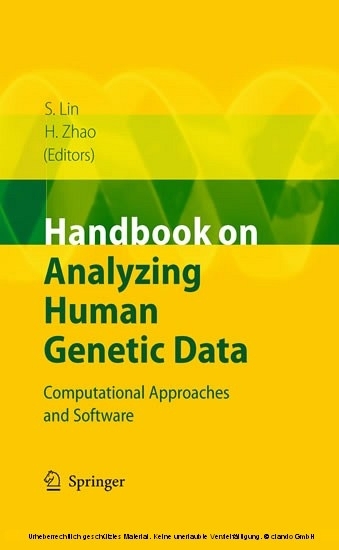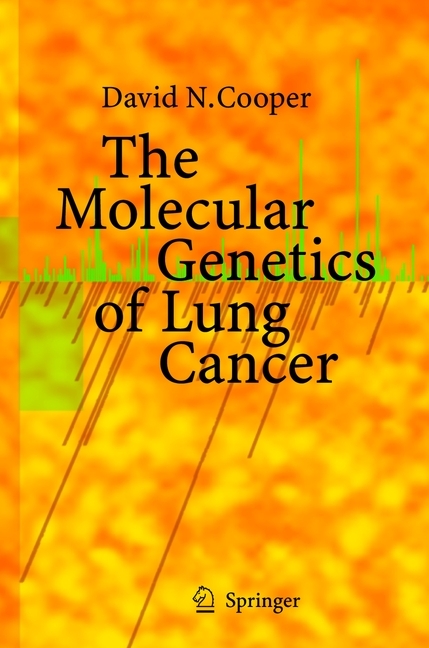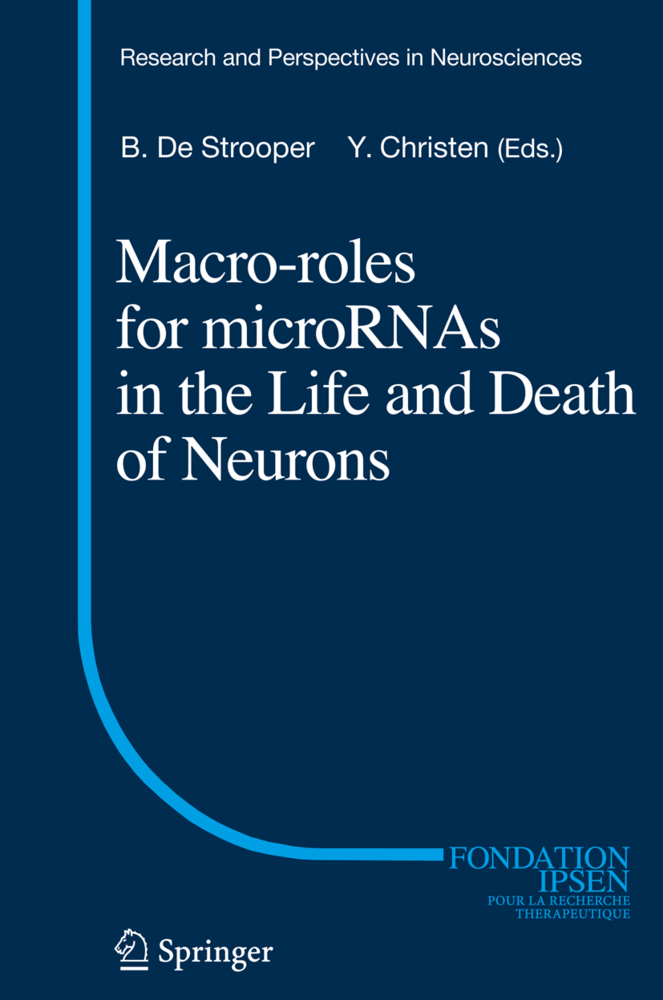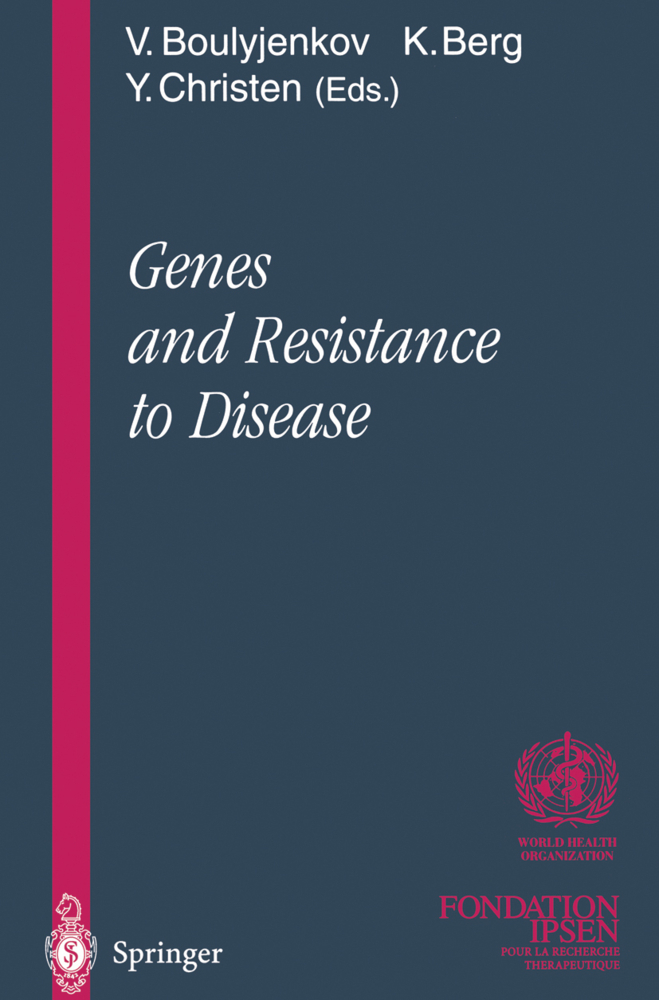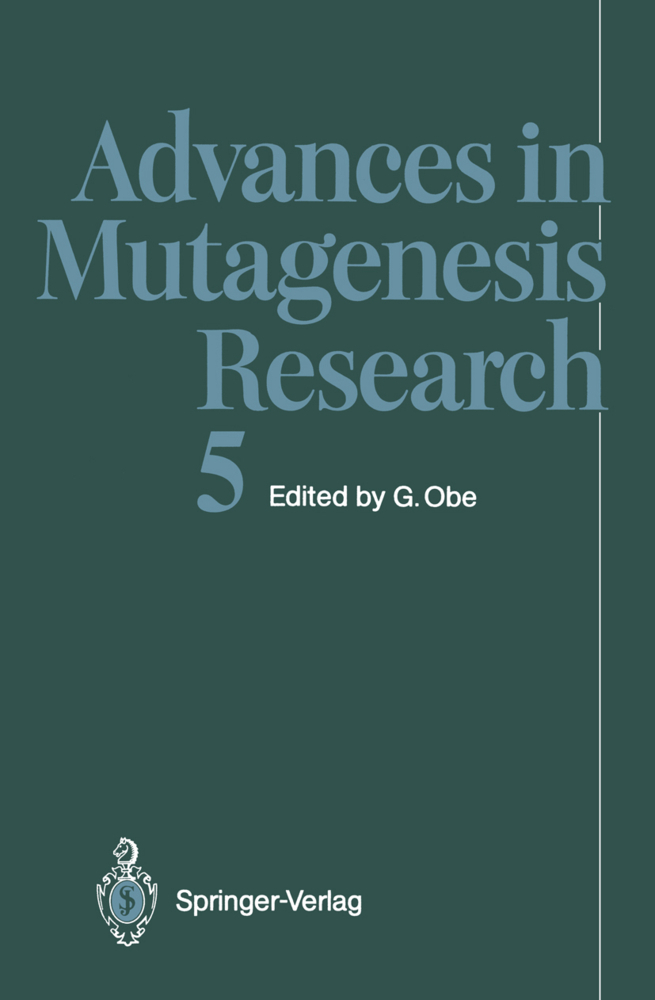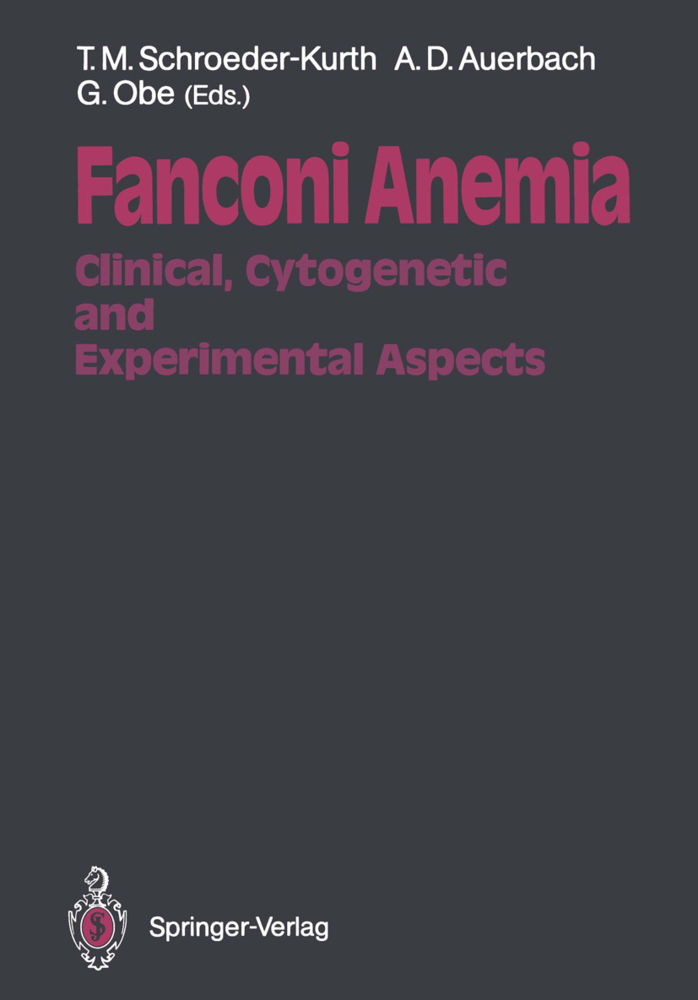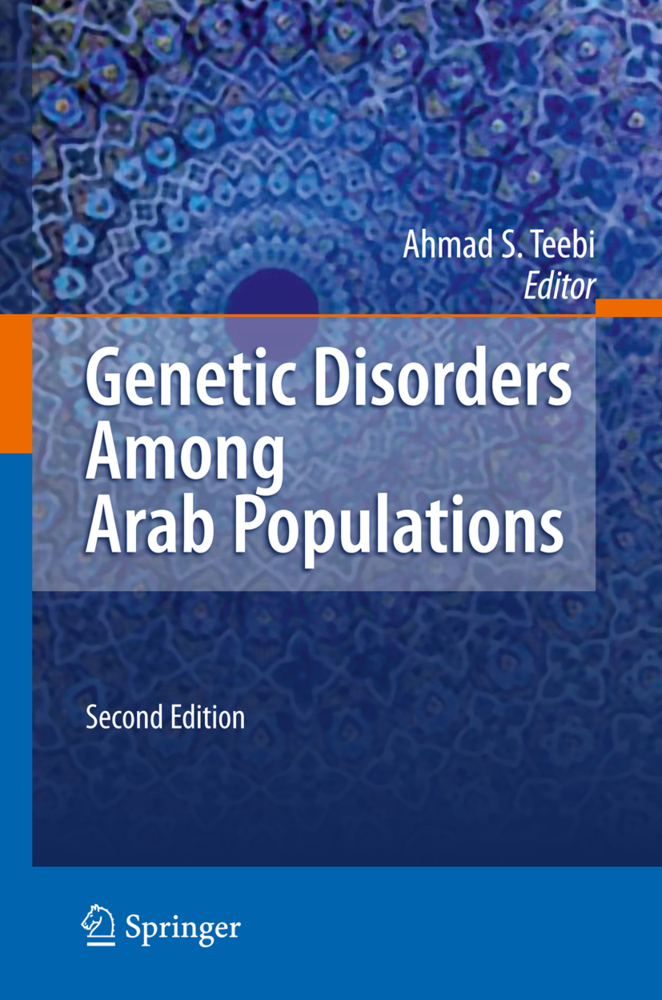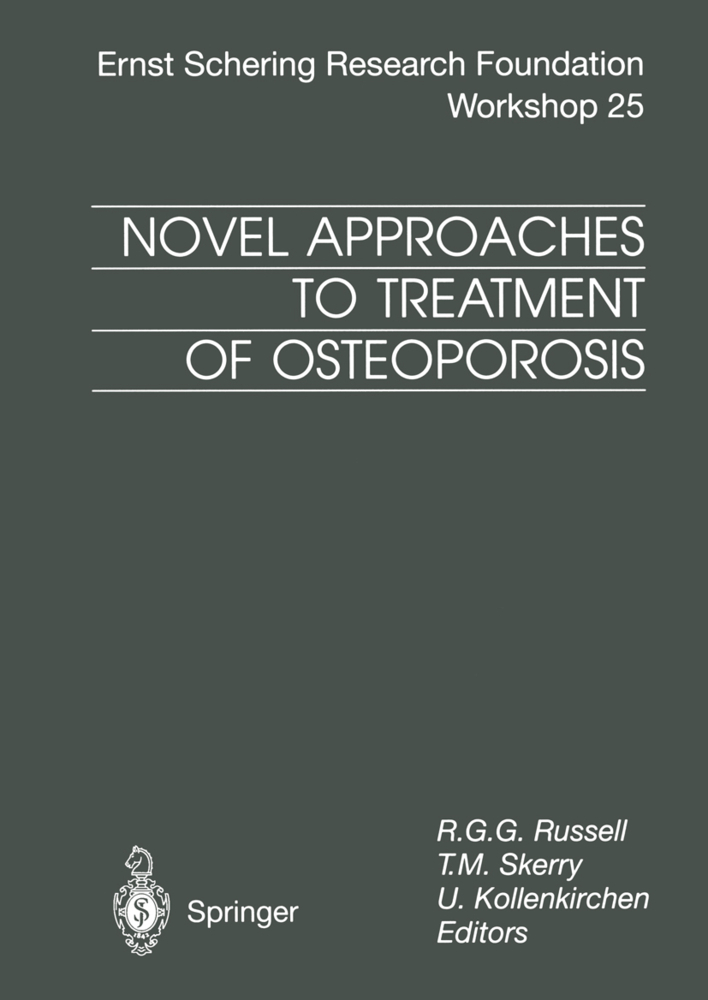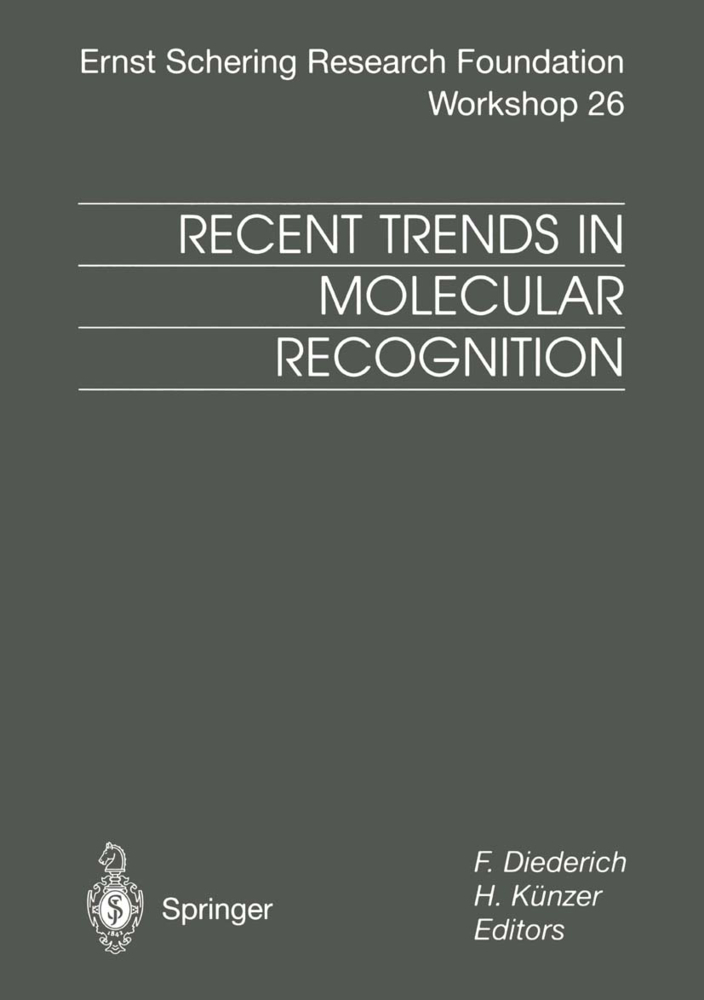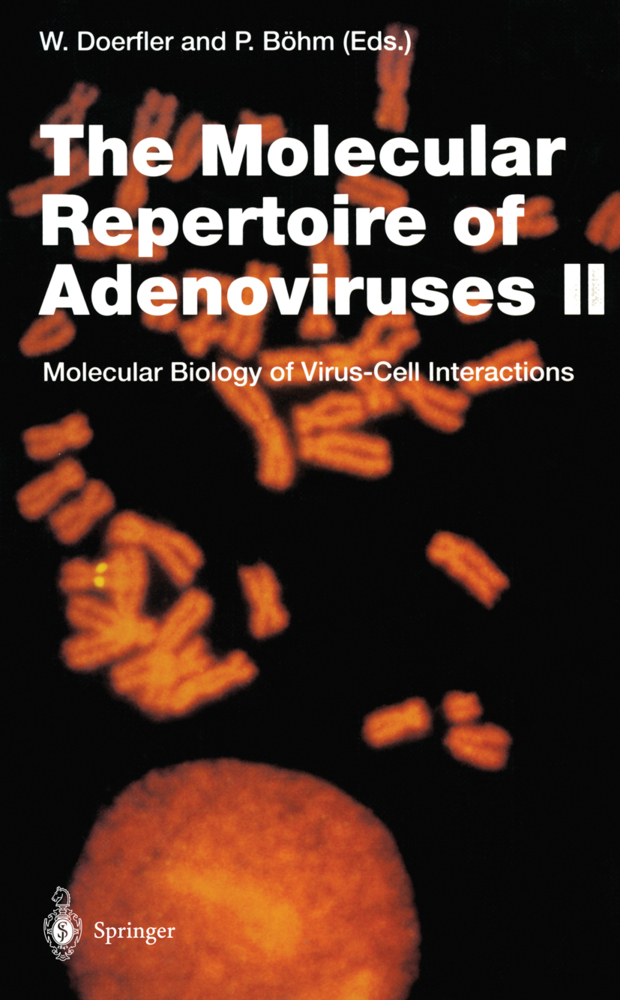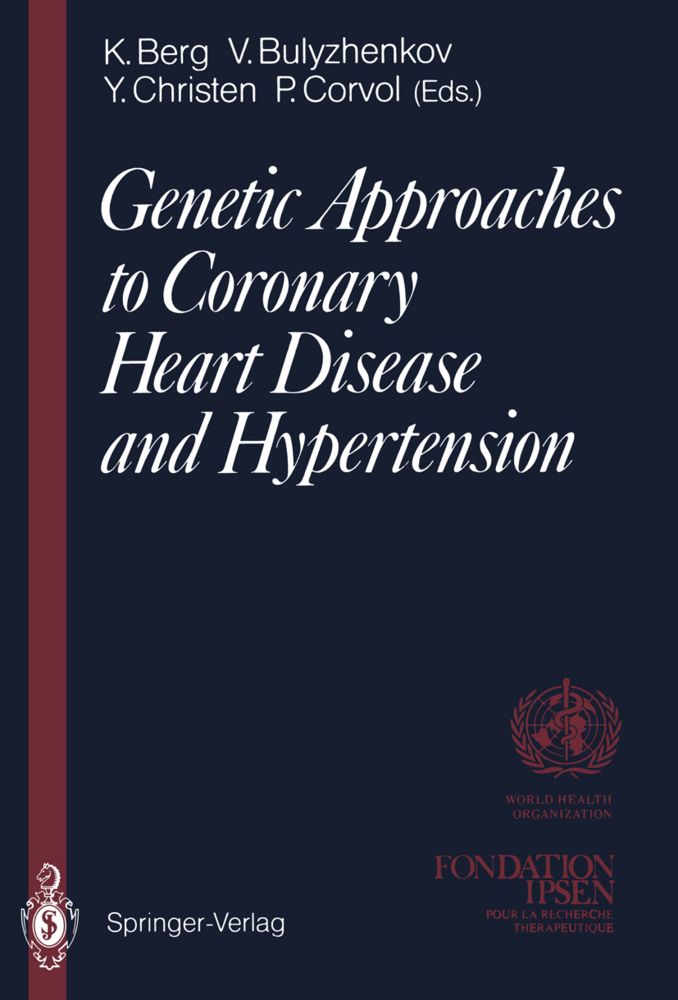Handbook on Analyzing Human Genetic Data
Computational Approaches and Software
The discipline of statistical genetics is highly computational. Be it exact computational methods, simulation based, or a hybrid of the two, computational packages are indispensable tools and constant companions of researchers in the field. This handbook is intended to provide human geneticists and other biomedical researchers with guidance on selections of appropriate computational methods and software packages for their specific genetic problems. It may also be used by students and other learners as a reference in conjunction with a more theoretical and/or methodologically oriented text book. This book tries to strike a balance between methodological expositions and practical guidelines for software selections. Wherever possible, comparisons among competing methods and software are made to highlight the relative advantages and disadvantage of the approaches so that the readers can make informed choices to best match their specific needs.
1;Preface and Introduction;5 2;Contents;10 3;Population Genetics;14 3.1;1 Introduction;14 3.2;2 Within-Population Analyses;15 3.2.1;2.1 Genotype and Allele Frequencies;15 3.2.2;2.2 Maximum Likelihood Estimation;16 3.2.3;2.3 Inbreeding Coefficient;17 3.2.4;2.4 Testing for Hardy-Weinberg Equilibrium;19 3.2.5;2.5 Linkage Disequilibrium;21 3.2.6;2.6 Composite Linkage Disequilibrium;22 3.2.7;2.7 Testing for Linkage Equilibrium;23 3.2.8;2.8 Application to Data;24 3.3;3 Between-Population and Analyses;29 3.3.1;3.1 F-statistics;29 3.3.2;3.2 Application to Data;33 3.4;4 Discussion;35 3.5;5 Web Resources;35 3.6;References;36 4;Haplotype Structure;37 4.1;1 Population Haplotype Structure;37 4.1.1;1.1 Haplotype Block Structure in Human Populations;37 4.1.2;1.2 Wright-Fisher Model;38 4.1.3;1.3 Coalescent Theory;40 4.2;2 Public Genotype/Haplotype Databases;42 4.2.1;2.1 International HapMap Project;43 4.2.1.1;Download Genotype Data from HapMap;44 4.2.2;2.2 The HapMap ENCODE Resequencingand Genotyping Project;45 4.2.2.1;2.2.1 Download ENCODE Genotype Data;46 4.2.3;2.3 Haplotype Simulation;46 4.3;3 Haploview;48 4.3.1;3.1 What is Haploview?;48 4.3.2;3.2 How to Download and Install Haploview;48 4.3.3;3.3 How to Run Haploview;49 4.3.3.1;3.3.1 How to Use HapMap Data in Haploview;49 4.3.3.2;3.3.2 How to Use Non-HapMap Genotype Data in Haploview;50 4.4;4 Haplotype Inference Methods;53 4.4.1;4.1 Clark's Algorithm;54 4.4.1.1;4.1.1 Software Usage;55 4.4.2;4.2 PHASE;58 4.4.2.1;4.2.1 PHASE Algorithm;59 4.4.2.2;4.2.2 Software Usage;60 4.4.3;4.3 HAPLOTYPER;65 4.4.3.1;4.3.1 Bayesian Model;65 4.4.3.2;4.3.2 Partition-Ligation (PL);66 4.4.3.3;4.3.3 Software Usage;68 4.4.4;4.4 CHB;70 4.4.4.1;4.4.1 CHB Model;70 4.4.4.2;4.4.2 MCMC Sampling and Convergence;72 4.4.4.3;4.4.3 Software Usage;73 4.4.5;4.5 Comparison of Phasing Results;76 4.5;5 Estimation of Recombination Rate;76 4.5.1;5.1 LDhat;77 4.5.1.1;5.1.1 Composite Likelihood Estimation of ;77 4.5.1.2;5.1.2 Likelihood Permutation Test;78 4.5.1.3;5.1.3 Software Usage;79 4.5.2;5.2 HOTSPOTTER;83 4.5.2.1;5.2.1 PAC Model;83 4.5.2.2;5.2.2 Computing the Conditional Distribution ;85 4.5.2.3;5.2.3 Software Usage;86 4.6;Summary;88 4.7;Web Resources;89 4.8;References;89 5;Linkage Analysis of Qualitative Traits;92 5.1;1 Introduction;92 5.2;2 Model-Based Linkage Analysis;93 5.2.1;2.1 Phase-Known Pedigrees;93 5.2.2;2.2 Phase-Unknown Pedigrees;96 5.2.3;2.3 Linkage Analysis in General Case;98 5.2.4;2.4 Elston-Stewart Algorithm;99 5.3;3 Model-Free Linkage Analysis;101 5.3.1;3.1 Fundamental Principle of Model-Free Linkage Analysis;101 5.3.2;3.2 Measure of Genetic Similarity;102 5.3.3;3.3 Model-Free Linkage Analysis for Affected Sib Pairs;103 5.3.4;3.4 Multipoint Analysis for Affected Sib Pairs;106 5.3.5;3.5 Model-Free Linkage Analysis for General Pedigrees;108 5.3.5.1;3.5.1 Inheritance Vector;108 5.3.5.2;3.5.2 NPL Score When the Inheritance Vector Is Known;109 5.3.5.3;3.5.3 NPL Score When the Inheritance Vector Is Uncertain;110 5.3.6;3.6 Lander-Green Algorithm;111 5.4;4 Practical Examples;113 5.5;5 Identifying SNPs Responsible for a Linkage Signal;117 5.5.1;5.1 Assumptions and Definitions;117 5.5.2;5.2 Conditional Probability of Marker Data Given ASP;118 5.5.3;5.3 Relationship Between Disease Locus and Candidate SNP;119 5.5.4;5.4 Hypothesis Testing;120 5.5.5;5.5 Extension to Sibship Data and Nuclear Families;122 5.5.6;5.6 Summary;124 5.6;6 Comparison of Model-Based and Model-Free Linkage Analysis Methods;124 5.6.1;6.1 Software Packages for Linkage Analysis;126 5.7;Web Resources;126 5.8;References;127 6;Linkage Analysis of Quantitative Traits;130 6.1;1 Introduction and Description of Data;130 6.2;2 Methods;132 6.2.1;2.1 Classical Model-Based Linkage Analysis;134 6.2.2;2.2 Model-Free Haseman-Elston Regression Approach;138 6.2.3;2.3 Variance-Components Approaches;139 6.2.4;2.4 Model-Free Variance Regression;145 6.2.5;2.5 Multivariate Models;147 6.2.6;2.6 Joint Linkage and Association Analysis;149 6.3;3 Discussion;149 6.4;4 Web Resourc
| ISBN | 9783540692645 |
|---|---|
| Artikelnummer | 9783540692645 |
| Medientyp | E-Book - PDF |
| Auflage | 2. Aufl. |
| Copyrightjahr | 2009 |
| Verlag | Springer-Verlag |
| Umfang | 333 Seiten |
| Sprache | Englisch |
| Kopierschutz | Digitales Wasserzeichen |

